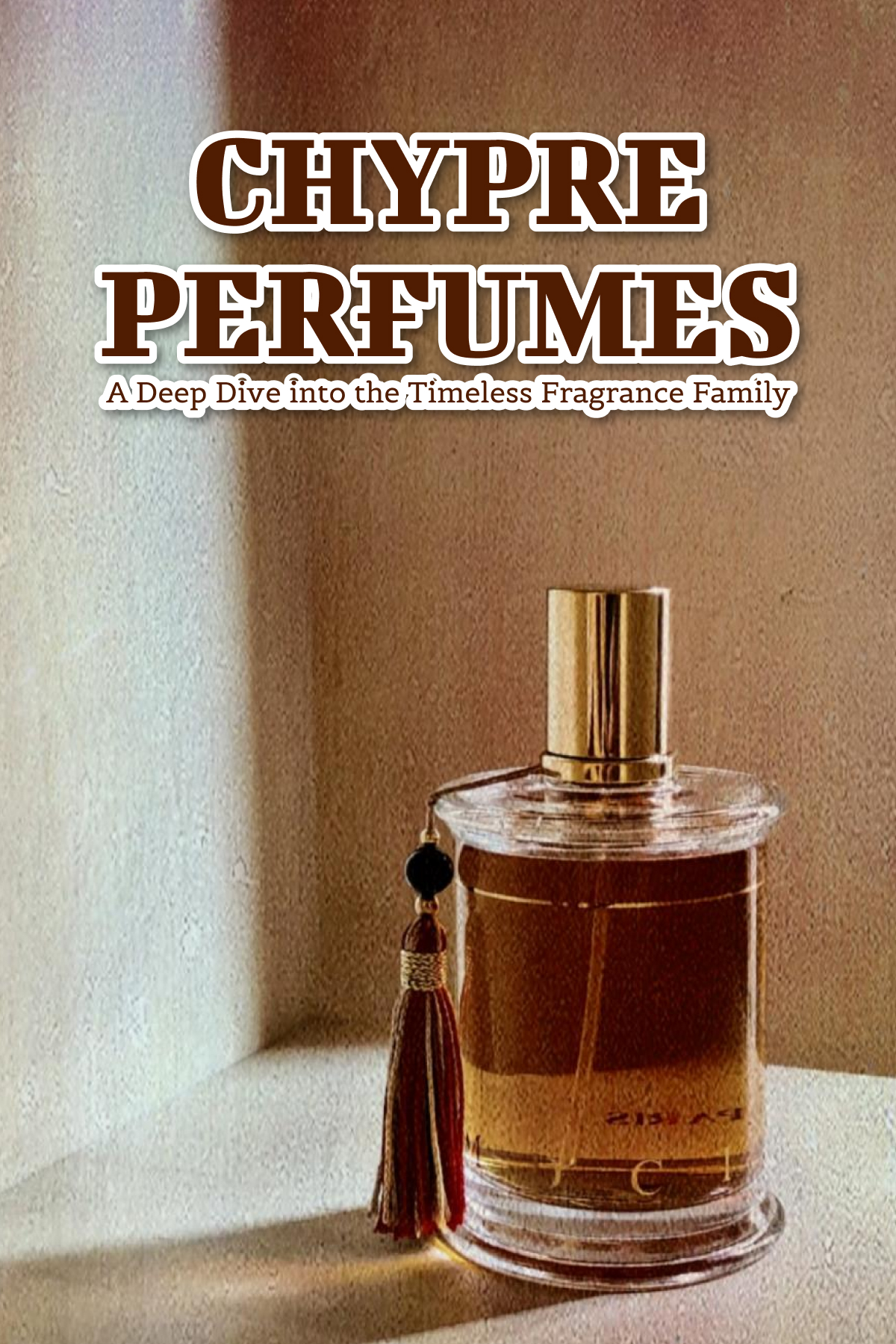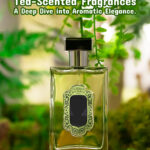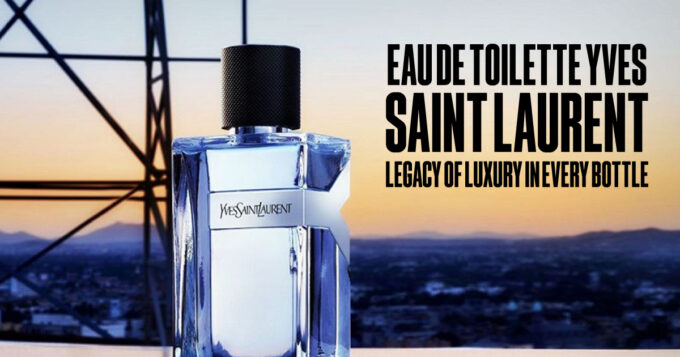Perfumes have the ability to elicit emotions, recall memories, and even transfer us to distant locations. Chypre scents stand out from other fragrance families because to their rich, sophisticated, and exquisite compositions. This blog article will look at the history, characteristics, important ingredients, and ongoing appeal of Chypre perfumes, providing a thorough insight to this refined scent category.
The Origins of Chypre Perfume
The title “Chypre” (pronounced “sheep-ra”) is derived from the French word for Cyprus, the Mediterranean island where the notion of this fragrance family originated. The name honors François Coty, the renowned French chemist who produced the first modern Chypre perfume in 1917. Coty’s invention was inspired by the odors of Cyprus, which is noted for its abundant natural perfumes such as oakmoss, cistus labdanum, and Mediterranean citrus.
Coty’s “Chypre” perfume was innovative, paving the way for a new scent family distinguished by a distinct blend of fresh, flowery, woody, and mossy elements. Perfume chypre introduced a unique olfactory profile that captivated fragrance enthusiasts. Although the original Coty Chypre is no longer available, its heritage lives on in the many Chypre perfumes that have followed.
4o
Structure of Chypre Perfumes
Chypre scents are distinguished by their complex structure, which often includes a harmonious blend of citrus top notes, floral heart notes, and a foundation of woody and mossy accords. This unique blend results in a smell that is both fresh and earthy, with the lasting depth that makes Chypre perfumes so appealing.
1. Top notes are bright and fresh.
Chypre perfumes’ top notes are frequently made of citrus components such as bergamot, lemon, or neroli. These notes offer an initial burst of freshness, laying the groundwork for the more complicated layers that follow.
2. Heart notes are floral and spicy.
The heart of a Chypre perfume typically has floral notes like rose, jasmine, or ylang-ylang, which are sometimes blended with spices like cinnamon or clove. This floral-spicy blend gives warmth and richness, connecting the freshness of the top notes to the depth of the base.
3. Base notes: earthy and woody.
Chypre scents are distinguished by their base notes, which are earthy, woody, and mossy. Oakmoss, patchouli, and labdanum are key elements that contribute to the fragrance’s unique dry, lingering aroma. These notes leave an indelible impression, frequently described as intriguing, intelligent, and timeless.
Key ingredients in Chypre perfumes.
Coty’s “Several elements are vital to the Chypre fragrance profile, each of which contributes to the scent’s overall richness and appeal, particularly in famous Chypre perfumes. These include a harmonious blend of citrus top notes, a floral heart, and a deep, woody base that together create a sophisticated and timeless fragrance experience.”
1) Oakmoss:
Oakmoss is probably the most distinctive component in Chypre scents. Oakmoss is derived from lichen found on oak trees and has an earthy, green, and slightly leathery fragrance. It has an important role in the base notes, giving Chypre perfumes their dry, mossy quality.
2. bergamot:
Bergamot, a citrus fruit from the Mediterranean, is frequently included in the top notes of Chypre perfumes. Its bright, slightly bitter perfume delivers an initial burst of freshness that contrasts well with the deeper, earthier base notes.
3) Patchouli:
Patchouli, a tropical plant, provides a deep, woody, and somewhat sweet aroma to the base notes. It complements the oakmoss while also adding complexity and depth to the aroma.
4. Labdanum.
Labdanum, a resin derived from the rockrose plant, is another important component in Chypre perfumes. It has a warm, balsamic, and slightly sweet perfume that combines well with the other base notes, adding to the overall richness of the scent.
5. Floral notes:
Floral notes like rose, jasmine, and ylang-ylang are frequently included in the heart of Chypre perfumes. These notes lend elegance and gentleness to the earthy and woody base, while also hinting at femininity.
The Evolution and Contemporary Appeal of Chypre Perfumes
Since Coty’s inception in 1917, Chypre perfumes have developed, with innumerable varieties and interpretations appearing over time. While the classic Chypre structure persists, current perfumers have experimented with new components and accords, resulting in a wide spectrum of Chypre perfumes.
1. Classic Chypre:
Classic Chypre scents, such as Guerlain’s “Mitsouko” and Chanel’s “Pour Monsieur,” adhere to the classic structure, focusing on oakmoss, citrus, and floral notes. These scents are ageless, conveying elegance and sophistication, making them appropriate for formal events or evening wear.
2) Fruity Chypre:
Fruity Chypres became popular in the 1970s and 1980s, with fruity notes such as peach, plum, or apricot incorporated into the fragrance’s heart. These perfumes, such as “Miss Dior” by Christian Dior, give a more fun and bright take on the Chypre family while preserving the trademark earthy base.
3. Woody Chypré:
Woody chypres, such as Serge Lutens’ “Feminité du Bois,” highlight woody and spicy notes, resulting in a more unisex or male smell character. These perfumes frequently have major notes of sandalwood, cedar, or vetiver, making them popular among individuals who want a less flowery and more grounded aroma.
4. Green Chypre.
Green chypres, such as Chanel’s “No. 19,” emphasize the green, herbal characteristics of the smell family. These perfumes, which include components like galbanum, hyacinth, and basil, provide a fresh, crisp scent that is excellent for daytime wear in warmer climates.
5. Modern Cyprus:
Contemporary perfumers within the Chypre family have continued to experiment with novel components and combinations. Some modern chypres, like as “Narciso Rodriguez for Her,” include musky or amber undertones, resulting in a softer, more sensual aroma. Others may experiment with gourmand or aquatic notes, creating a new take on the basic Chypre framework.
Why do Chypre perfumes endure?
Chypre scents’ enduring popularity stems from their variety, intricacy, and timeless elegance. They strike a mix between freshness and depth, making them appropriate for a variety of situations and seasons. The combination of sparkling top notes, floral heart, and earthy base provides a complex smell that evolves wonderfully on the skin, leaving a lasting impression.
Chypre scents have a distinct place in perfumery history, serving as a bridge between the past and the present. They invoke nostalgia while remaining contemporary and appealing to modern sensibilities. Whether you choose a classic, fruity, woody, or modern version, Chypre perfume has something for everyone, making it a popular option among fragrance connoisseurs.
Conclusion: The Timeless Allure of Chypre Perfumes.
Chypre perfumes are more than just smells; they are olfactory masterpieces that exemplify sophistication, elegance, and complexity. Chypre scents continue to capture and inspire, thanks to their rich history, unusual structure, and numerous interpretations, making them a timeless choice in the perfumery industry.
Whether you are a seasoned perfume enthusiast or a newbie to the world of fragrance, discovering the Chypre family is a worthwhile voyage. The unusual combination of citrus, floral, woody, and mossy notes creates a fragrance experience that is both classic and modern, appealing to individuals who value depth, character, and long-lasting beauty in their perfume.













